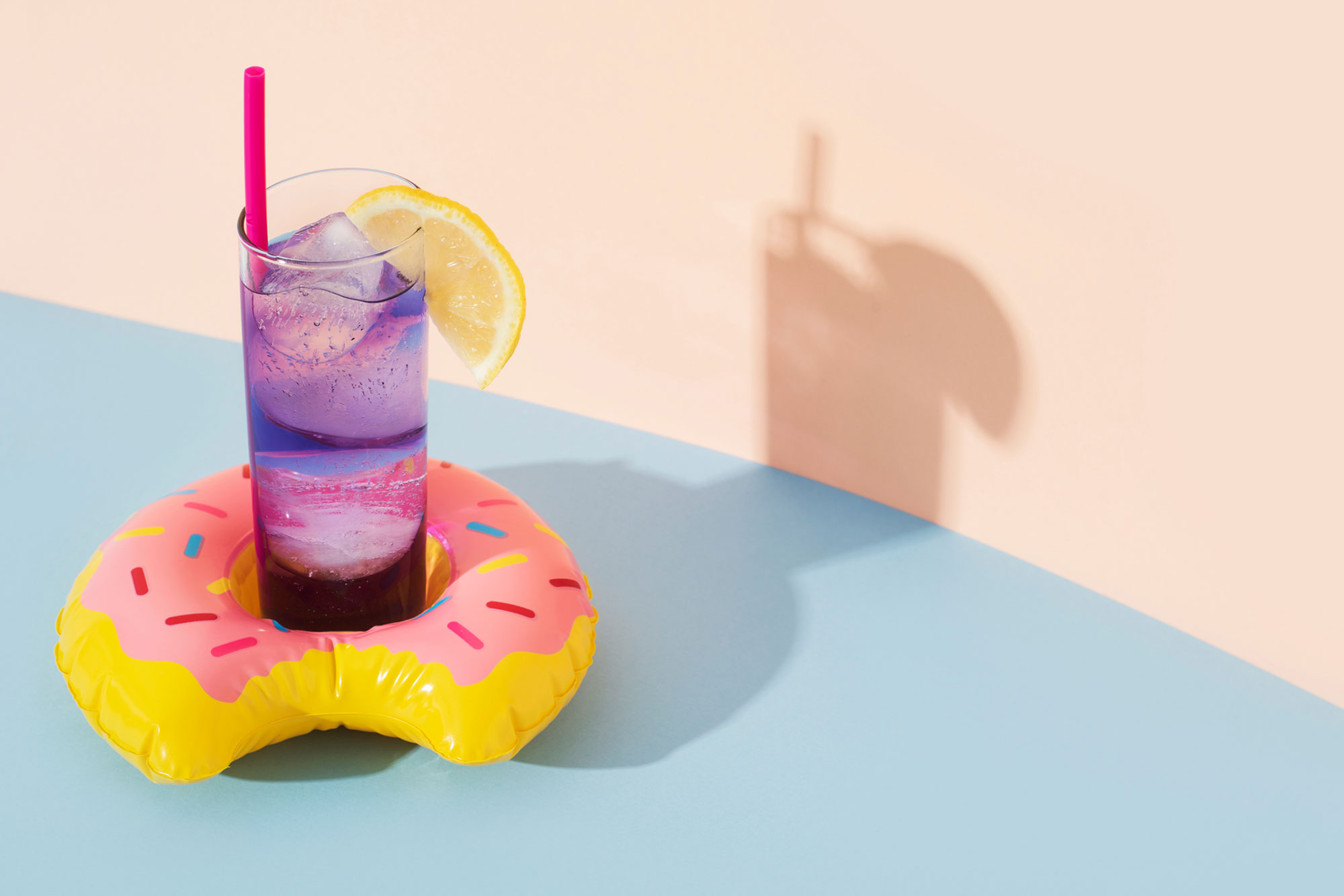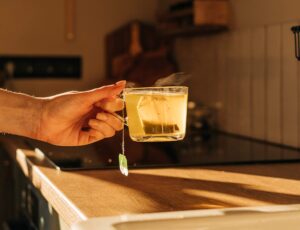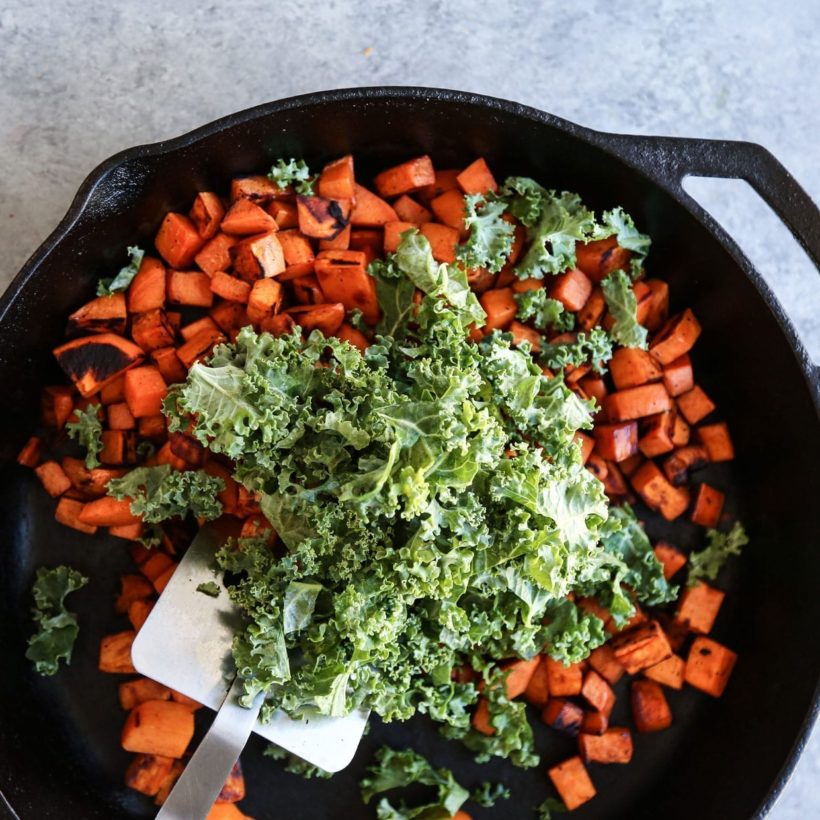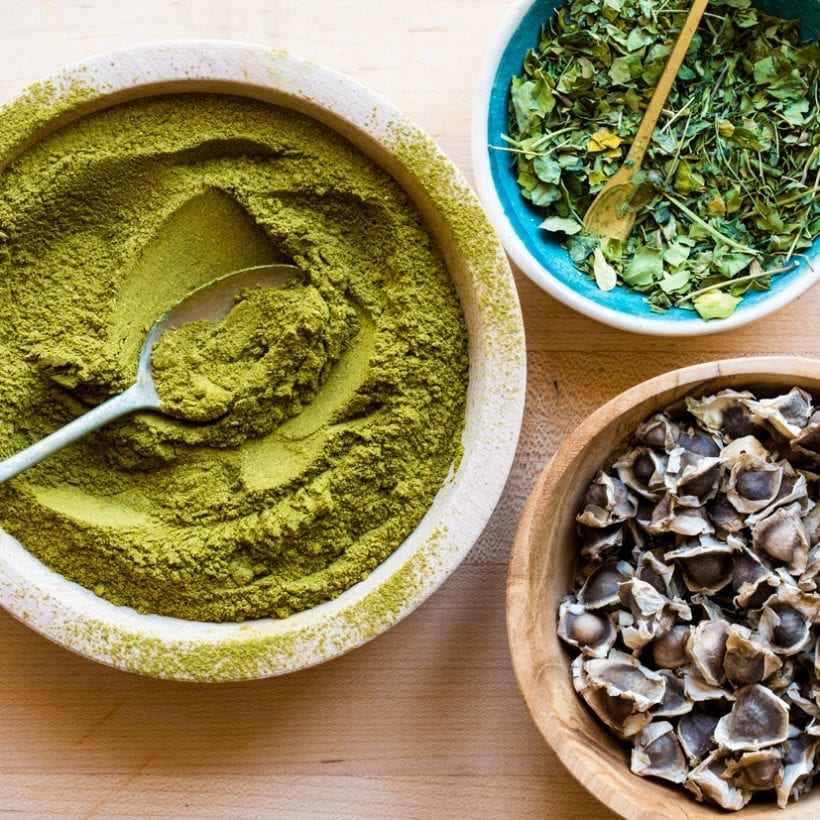As you’re enjoying your calorie- and sugar-free seltzer, you find yourself mindlessly glancing over the ingredient list to reassure you that you’re consuming a drink that’s healthier than traditional soda. You might notice a phrase on your ingredient list — “natural flavors” — but you don’t give it much thought. After all, something “natural” must mean it’s healthy, right? While it is true that natural flavors are derived from natural sources, such as animals or plants, they are created in a lab to help enhance the flavor of a given product, making it sound a little less natural than you originally thought.
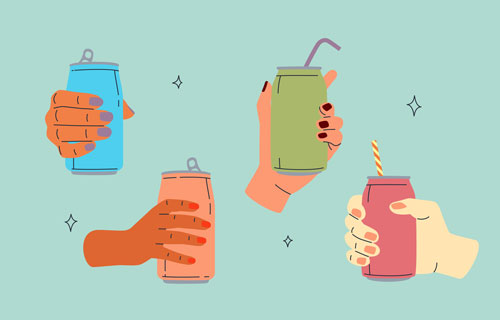
Meet the Experts
Josh Axe, D.N.M., C.N.S., D.C. is the founder of Ancient Nutrition and DrAxe.com.
Lisa Richards, C.N.C. is a nutritionist and author of The Candida Diet.
Keri Gans, R.D.N. is a registered dietitian and author of The Small Change Diet.
Erin Palinski-Wade, R.D., C.D.C.E.S. is the author of Belly Fat Diet for Dummies.
Tansy Rodgers, F.N.T.P. is a functional nutritional therapy practitioner.
So what are they, really?
Each “flavor” created for use in a given product is nothing short of complex, explains Josh Axe, D.N.M., C.N.S., D.C., founder of Ancient Nutrition and DrAxe.com. They can be made up of nearly 100 different chemicals. “They’re very common in the modern food supply; the Environmental Working Group has found that natural flavors are the 4th most common ingredient on nutrition labels, following water, salt and sugar,” he says. “While they’re referred to as ‘natural,’ because they come from actual food, animal or plant sources, this doesn’t mean that they are 10% natural or found in nature since they are still processed and altered.” In other words, their creation still relies entirely on food engineering and chemistry.
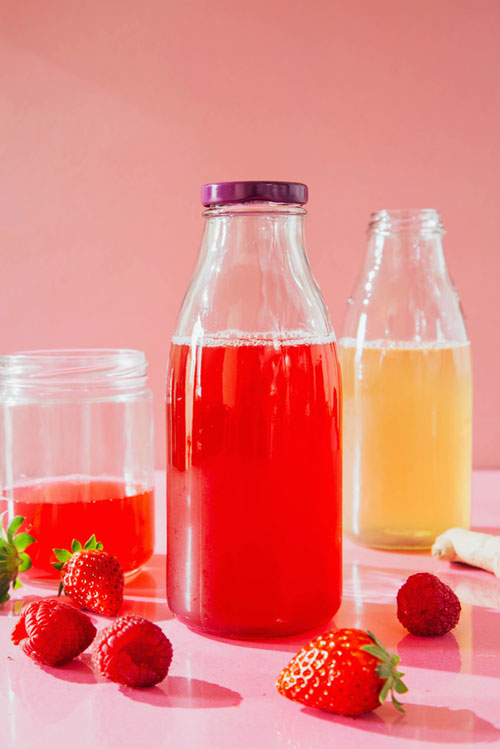
While natural flavors are different from artificial flavors, which are entirely created and synthesized in a lab, Dr. Axe points out that the two can have the same chemical makeup and be nearly indistinguishable in terms of their structure. “Their sources are most important when it comes to the name they’re given,” he says. “On top of that, it’s very common for artificial and natural flavors to be used together in foods and beverages.”
How long have natural flavors been around?
Natural flavors are nothing new when you break down their consistency. Essential oils and herbal tinctures have been used for thousands of years and can be considered natural flavors. “Even in ancient times, civilizations were fermenting and isolating plants and animal parts to capture flavors and aromas,” says Dr. Axe. However, the natural-flavor terminology we’ve come to know in modern foods has only been around for the last 200 years.
Are natural flavors bad for you?
Most nutrition pros agree that natural flavors aren’t necessarily bad for you but aren’t considered healthy either. “While natural flavors are different from artificial flavors, it’s important to note that they both contain chemicals,” says Lisa Richards, C.N.C., nutritionist, and author of The Candida Diet. “In natural flavors, chemicals are still required for the extraction and stabilizing processes needed to enable the extracted compound to do its job.”
Another important bit of information to consider is that food labels are not required to list every ingredient that makes up that natural flavor. As such, Keri Gans, R.D.N., registered dietitian and author of The Small Change Diet, points out that there can sometimes be more than 50 ingredients. “A consumer with food allergies could unknowingly be consuming a food of concern.”
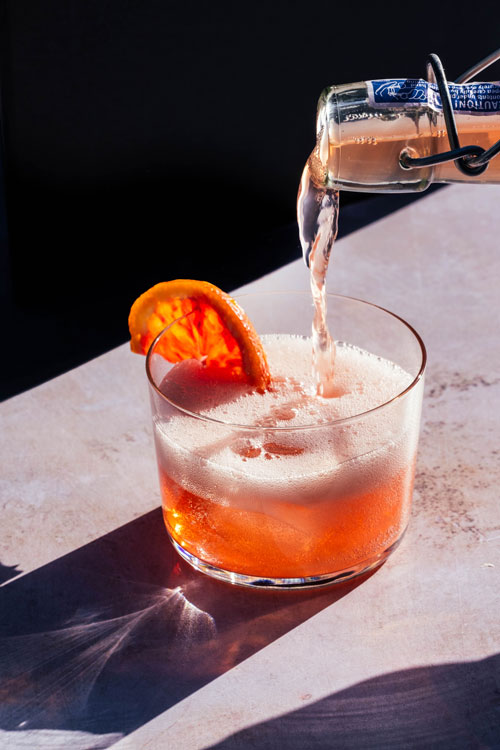
The Food and Drug Administration (FDA) considers natural additives safe for human consumption in small amounts. Still, the trouble lies in the fact that natural flavors are in many of our foods and beverages. Just because the FDA deems a certain amount safe in a seltzer, for example, does not mean that the amount you’re getting by having natural flavors in a bevy of your products is safe. “You generally want to avoid having too much of them since this indicates your diet lacks fresh foods like actual fruits and veggies,” says Dr. Axe. “In other words, if you’re eating lots of natural flavors, then you’re likely also consuming other additives like sodium, preservatives, etc.”
If you’re looking to avoid products that contain natural flavors, a great place to start is by reading the ingredient list. While you won’t be able to see the ingredients that make up the natural flavors, you will see “natural flavors” or “natural flavoring” listed. If you have a food allergy or intolerance, New Jersey-based dietitian Erin Palinski-Wade, R.D., C.D.C.E.S., author of Belly Fat Diet for Dummies, recommends contacting food companies that contain these flavorings on the ingredient list to make sure they don’t contain a potential allergen. “If you are vegan or vegetarian, you may also need to contact the manufacturer to determine if the natural flavorings contain animal products,” she adds.
If you’re skipping natural flavors altogether, a great way to make sure you have natural flavors in your beverages is by playing mixologist yourself: “There are so many flavor profiles you can create simply by adding your own herbs, spices, and extracts to give your food that extra flavoring it may need. For example, you could add vanilla extract to some unflavored yogurt or some cinnamon to your cereal,” say functional nutritional therapy practitioner Tansy Rodgers, F.N.T.P. “Adding extra flavor is not the problem — not knowing what lurks behind a catch-all ingredient is!”
